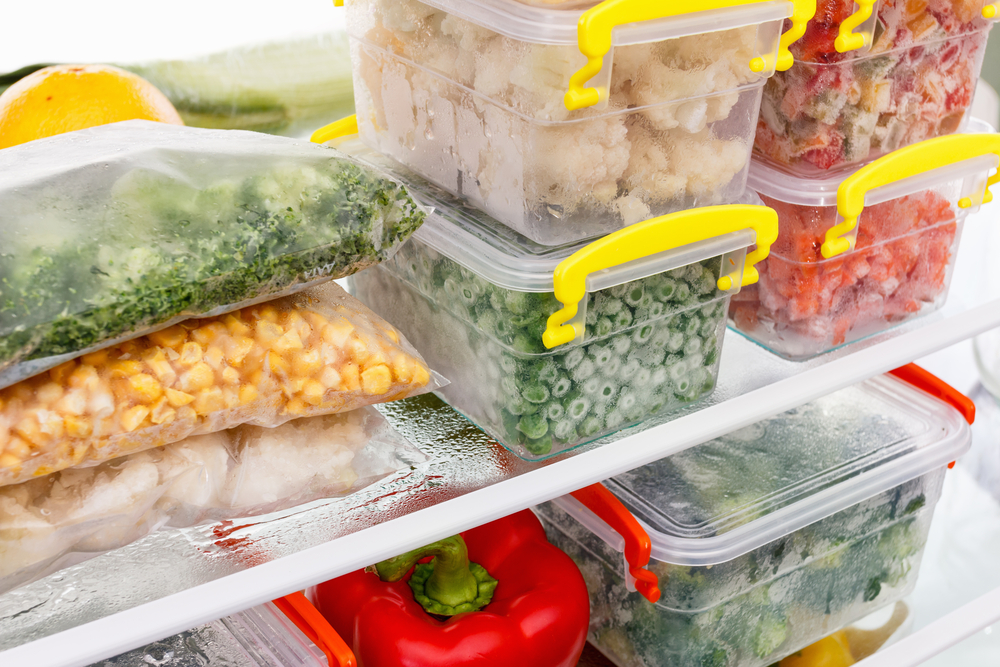Food storage is something most people rarely think twice about, yet it makes a huge difference in how long food lasts, how safe it is to eat, and how it tastes. Many of us assume the refrigerator is the best place for almost everything, but this is not always true. In fact, storing certain foods in the wrong way can cause them to lose flavor, change texture, or spoil much faster than expected. Simple habits, like putting bread in the fridge or keeping tomatoes in cold air, can actually do more harm than good. The truth is, every type of food has its own ideal environment, whether it needs cool darkness, dry air, or room temperature conditions. By adjusting how you store common items in your kitchen, you can save money, reduce food waste, and keep meals tasting fresher for longer.
1. Tomatoes
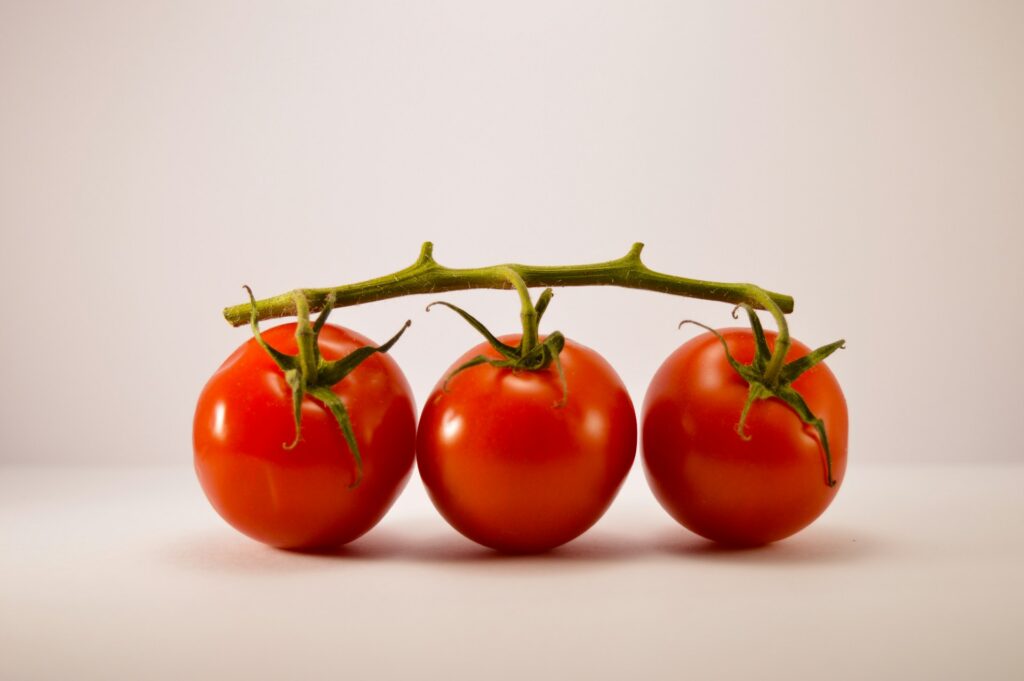
Tomatoes are often stored in the refrigerator, but this is one of the most common mistakes. Cold air damages their delicate membranes, causing them to lose their natural flavor and become mealy in texture. The best way to store whole tomatoes is at room temperature on the counter, where they can continue ripening and maintain their juiciness. Keep them out of direct sunlight, since too much heat can make them spoil quickly. Once they are sliced or chopped, then refrigeration becomes necessary to slow bacterial growth, but they should be eaten within a couple of days for the best taste.
2. Bread
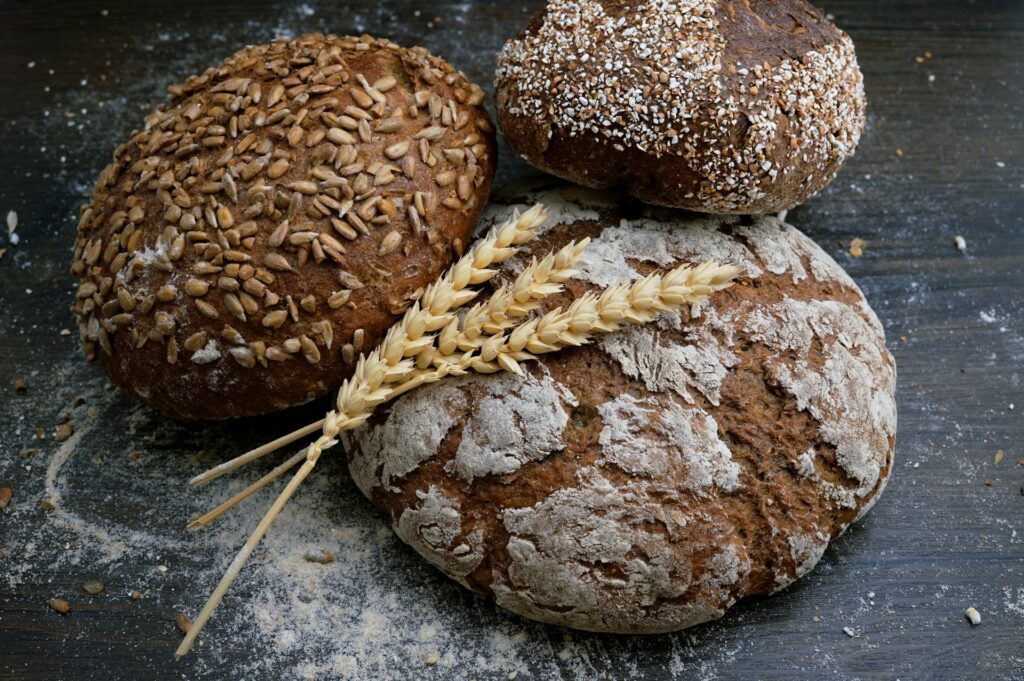
Many people believe that refrigeration keeps bread fresh, but it actually makes bread go stale faster. The cool temperature causes starch molecules to recrystallize, making the texture dry and crumbly. Instead, bread should be stored in a breadbox, cloth bag, or airtight container at room temperature. For longer storage, the freezer is the better option because frozen bread maintains its quality and can be reheated or toasted directly from frozen. Sliced bread freezes particularly well, so you can take out only what you need each time.
3. Potatoes
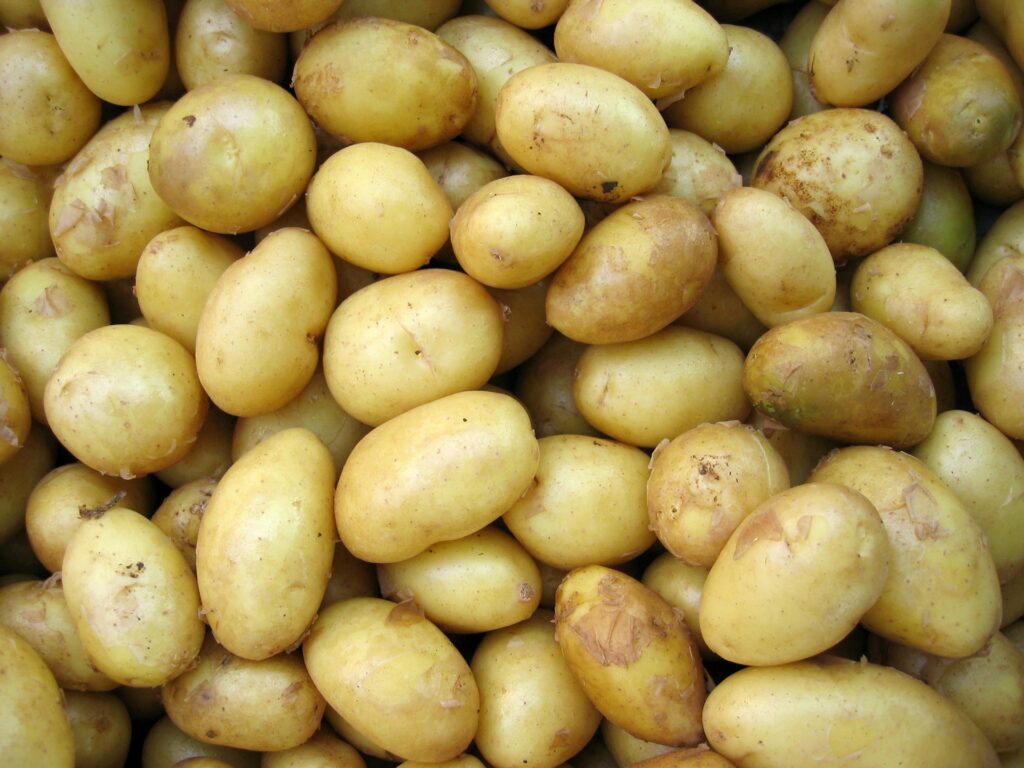
Storing potatoes in the refrigerator is a mistake because cold temperatures convert their starches into sugar. This results in an unpleasantly sweet taste and darkened spots when cooked, especially during frying or roasting. Potatoes do best in a cool, dark, and well-ventilated place such as a pantry or cellar. Avoid plastic bags since they trap moisture, leading to mold. Use a paper bag or basket that allows air circulation. Also, never store potatoes next to onions, as the gases from onions accelerate sprouting and spoilage.
4. Onions
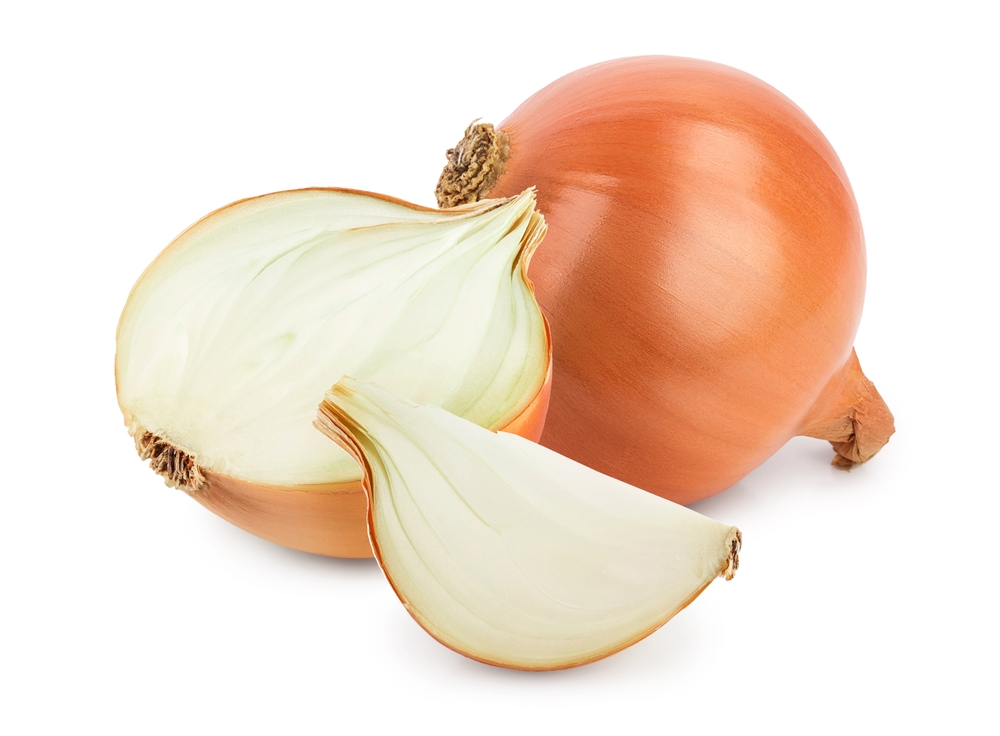
Onions require proper airflow to stay fresh, so keeping them in a sealed plastic bag is a mistake. Lack of ventilation causes mold and soft spots. Instead, they should be stored in a mesh bag, paper bag, or basket in a cool and dry place. Whole onions should never be refrigerated because the cold causes them to become mushy. Green onions are an exception, as they stay crisp longer when placed upright in a jar with some water, then stored in the refrigerator. Changing the water every few days helps extend their life.
5. Garlic
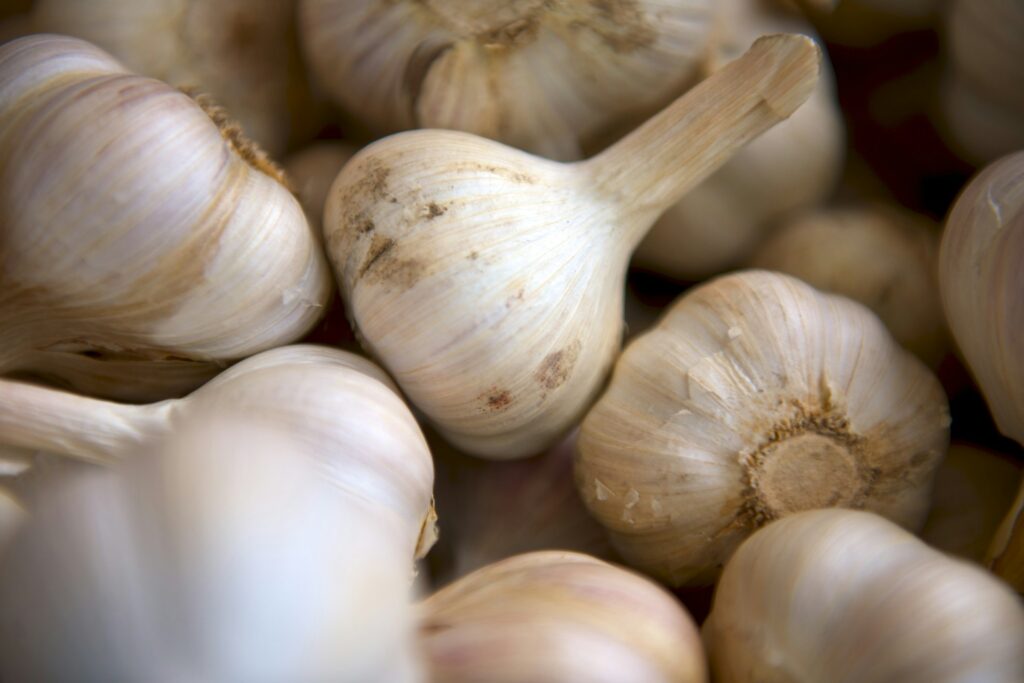
Garlic is often put into the fridge, but this causes the cloves to sprout prematurely, which alters both texture and flavor. The sprouts themselves are not harmful but tend to taste bitter. Whole garlic bulbs are best kept in a dry, cool area with good airflow, such as a countertop basket. They should not be sealed in airtight containers since trapped moisture leads to mold. Once peeled or chopped, garlic should be refrigerated in a sealed container, but it is important to use it within a short time to avoid loss of flavor and risk of spoilage.
6. Coffee

Coffee beans and grounds are highly absorbent, meaning they pick up odors and moisture from surrounding foods when kept in the refrigerator or freezer. This weakens the flavor and aroma, making your coffee taste dull. The best method is to keep coffee in an airtight, opaque container at room temperature, away from light, heat, and humidity. Storing smaller amounts and grinding only what you need before brewing will also ensure fresher coffee. If you buy beans in bulk, divide them into smaller airtight bags and freeze portions, only thawing what you plan to use within a week.
7. Bananas
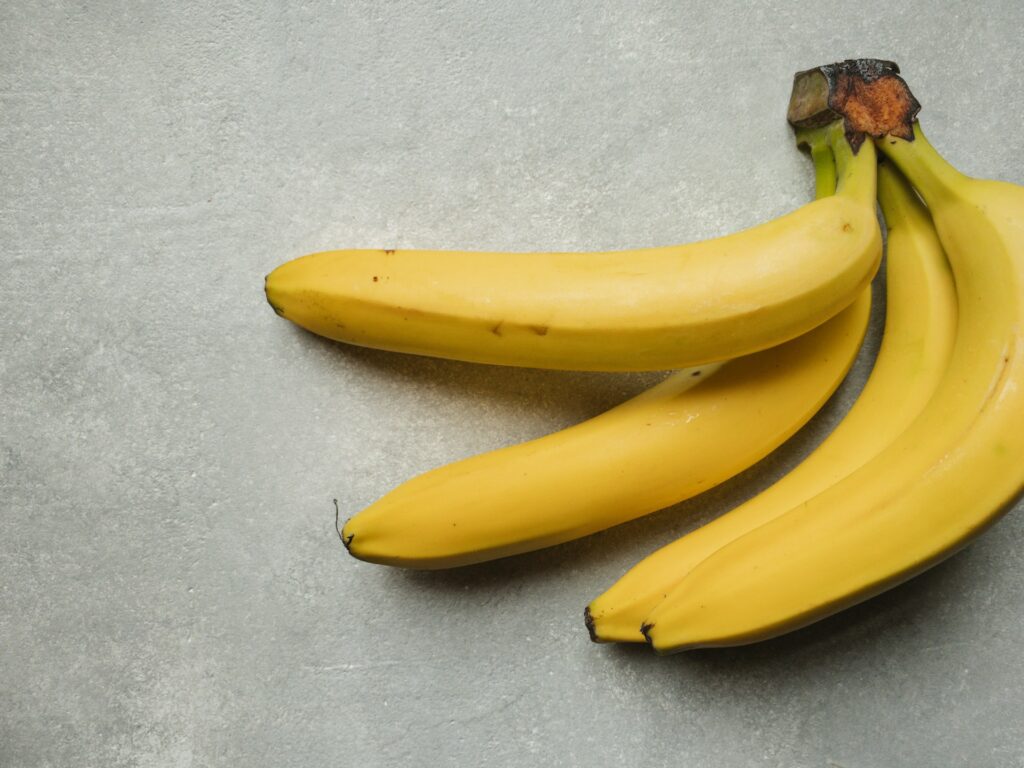
Bananas are particularly sensitive to cold. When placed in the refrigerator, the peel turns black due to cell damage, although the fruit inside remains edible. They are best kept at room temperature, where they ripen naturally. To slow ripening, wrap the stems tightly with plastic wrap, which helps reduce the release of ethylene gas. If you need to refrigerate bananas, do so only once they are fully ripe. Peeled bananas can also be refrigerated but should be treated with lemon juice to reduce browning. Frozen bananas work well for smoothies and baking.
8. Honey

Refrigerating honey causes crystallization, making it grainy and difficult to use. Honey has natural antibacterial properties that keep it safe at room temperature for long periods without spoiling. The correct storage is in a tightly sealed jar kept in a cupboard away from direct sunlight and heat. If honey does crystallize, you can easily restore it by placing the container in warm water and stirring until the crystals dissolve. Since honey does not go bad when stored properly, it is one of the most stable foods you can keep in your kitchen.
9. Olive Oil
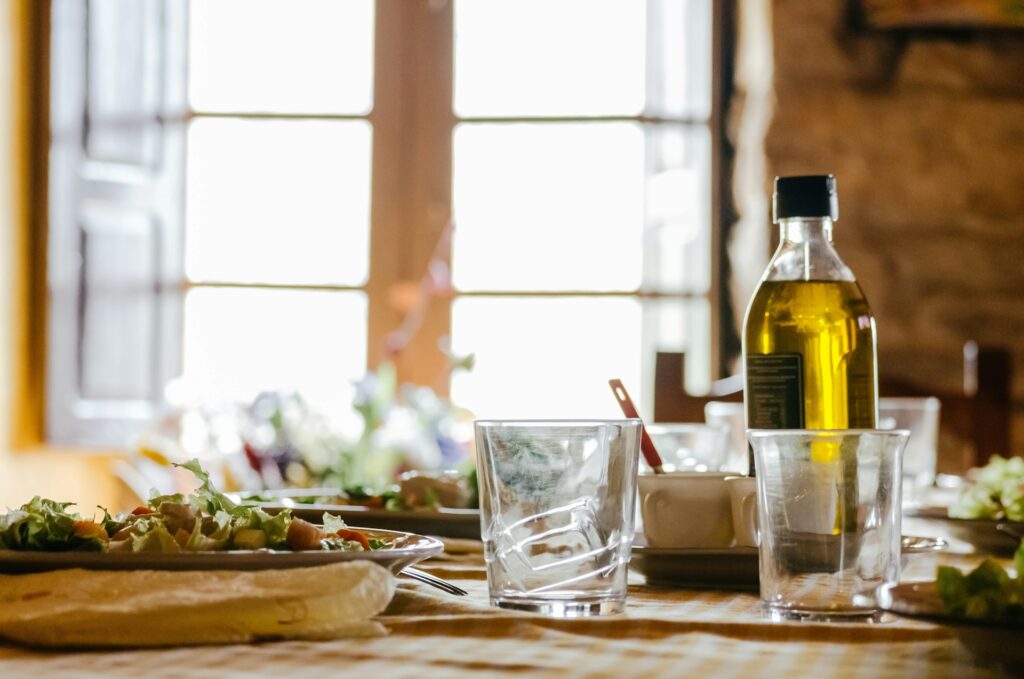
Olive oil solidifies and becomes cloudy when stored in the refrigerator, which makes it harder to pour and use. While refrigeration does not harm its safety, it does affect texture. To preserve flavor and nutritional quality, olive oil should be stored in a dark glass bottle that blocks light and kept in a cool pantry or cupboard. Exposure to heat, air, and sunlight causes the oil to oxidize and turn rancid faster. For best results, buy olive oil in smaller bottles so it is used before it begins to degrade.
10. Eggs
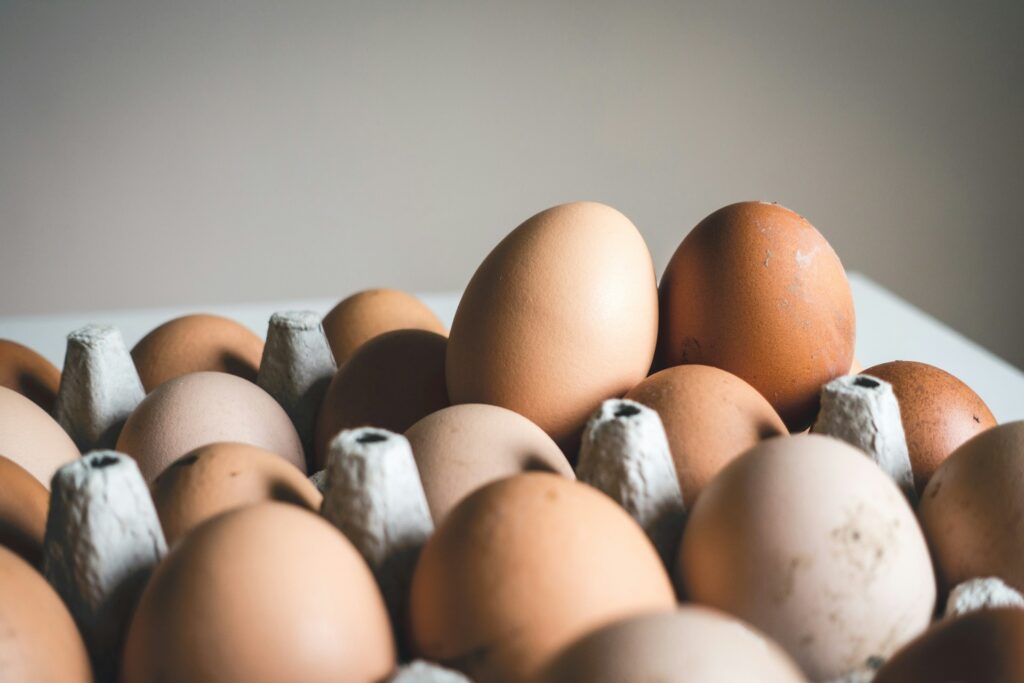
The proper storage of eggs depends on how they are processed in your country. In places where eggs are washed before being sold, refrigeration is essential because washing removes the natural protective coating, leaving them more vulnerable to bacteria. In other countries, unwashed eggs are shelf stable and can be stored at room temperature. Regardless of your location, eggs last longer when kept in the refrigerator. They should be stored in their original carton to reduce moisture loss and kept away from strong-smelling foods since eggshells are porous and can absorb odors.
11. Cucumbers
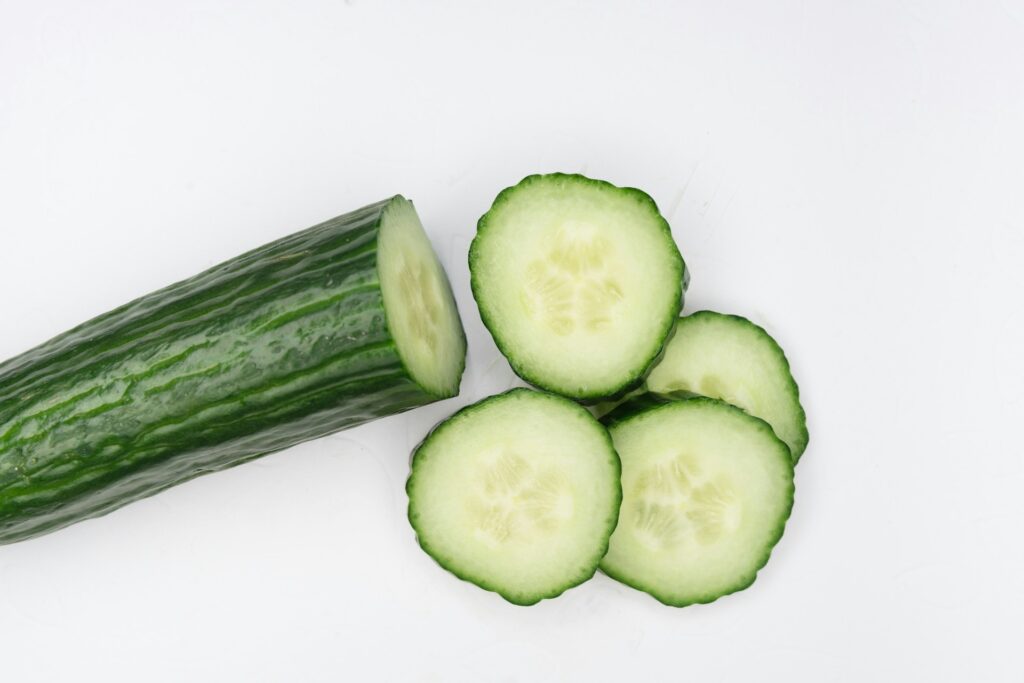
Cucumbers are prone to cold injury, which happens when they are kept in the refrigerator for long periods. This results in water-soaked, soft spots that make them unappealing. Ideally, cucumbers should be stored at room temperature in a cool, dry spot. If you prefer them chilled, wrap them in a paper towel to absorb excess moisture and place them inside a plastic bag in the fridge for a few days only. This method helps them stay crisp and fresh without developing watery patches.
12. Apples
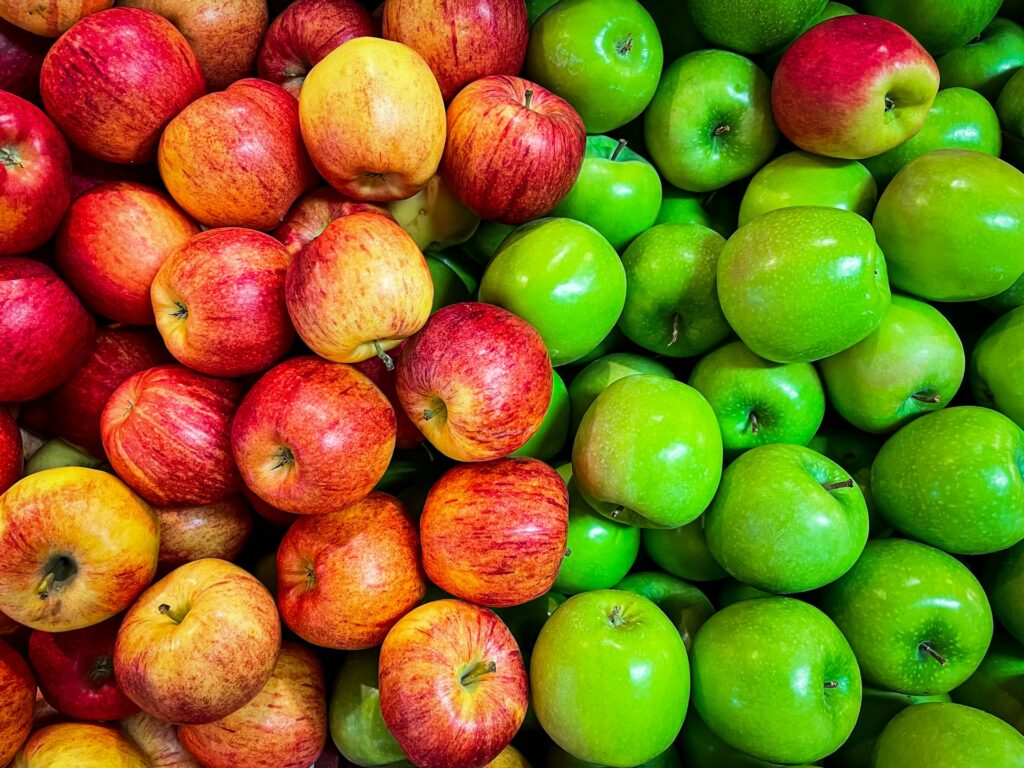
Apples ripen quickly at room temperature and release ethylene gas, which speeds up the ripening of nearby fruits like bananas, pears, and avocados. For long-term storage, apples should be kept in the refrigerator’s crisper drawer, where they stay fresh for weeks. It is also wise to store them in a separate bag or drawer so they do not spoil other produce. A good tip is to check apples regularly for bruises, since one damaged apple can make others spoil faster due to gas release.
13. Avocados

Avocados need different storage methods depending on their ripeness. Unripe avocados should remain at room temperature until they soften naturally. Placing them in a paper bag speeds up ripening by trapping ethylene gas. Once ripe, they should be refrigerated to prevent overripening and extend freshness. If you cut an avocado, drizzle lemon or lime juice on the exposed surface to slow browning. Cover it tightly with plastic wrap or place it in an airtight container before refrigerating. For long-term storage, mashed avocado can be frozen and used later in dips and spreads.
More Than Just Convenience
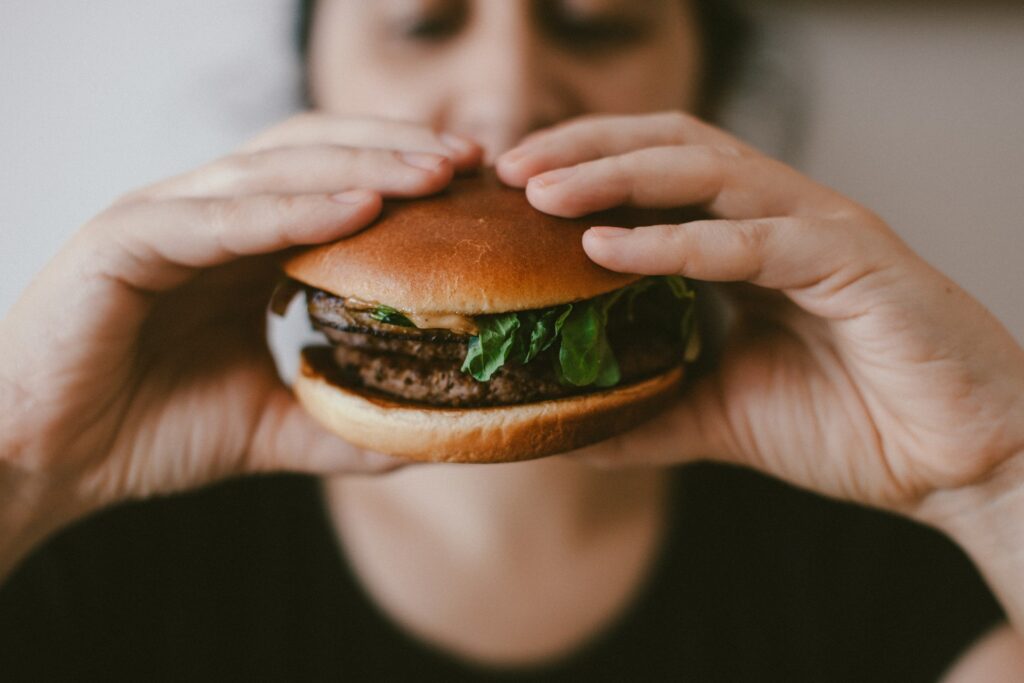
Food storage is about more than just convenience. Small mistakes, like keeping bread in the fridge or refrigerating honey, shorten the lifespan of food and reduce its quality. By learning the best way to store each item, you can save money, reduce waste, and enjoy fresher flavors in your meals. Paying attention to temperature, humidity, and airflow goes a long way in protecting the food you buy.
Read More: You’ve Been Cooking These 10 Foods Wrong Your Whole Life
Disclaimer: This article was created with AI assistance and edited by a human for accuracy and clarity.
